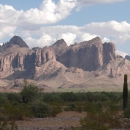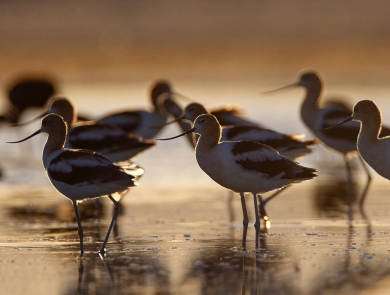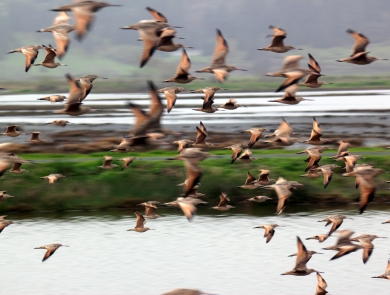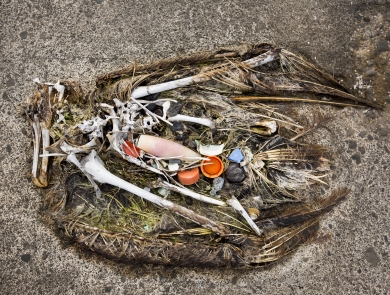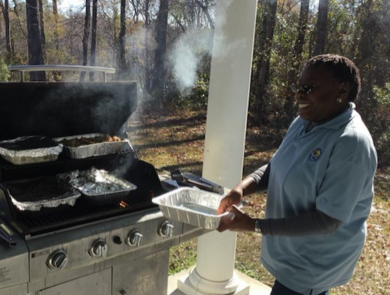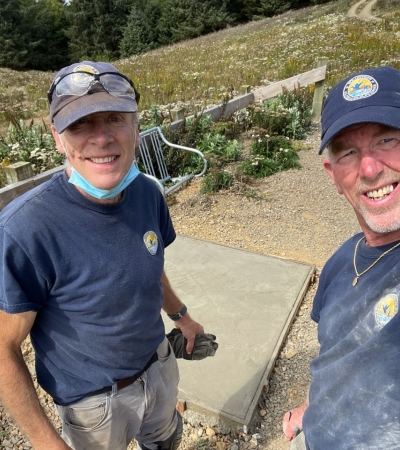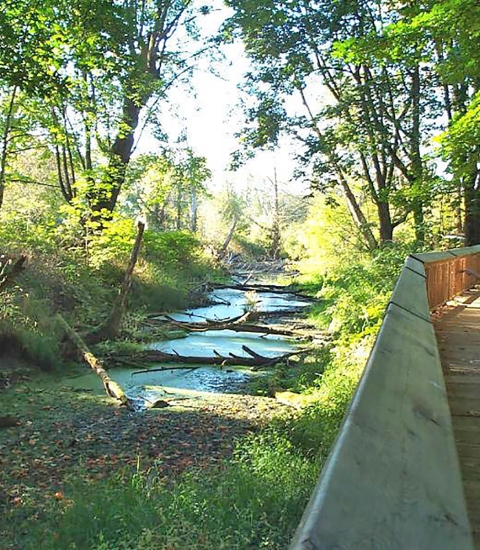Facility
Location
9300 East 28th Street
Yuma, AZ 85365
United States
Volunteer Position Overview
About This Position
Kofa National Wildlife Refuge is a large refuge and wilderness area located in the Sonoran Desert. Preserved for desert bighorn sheep, it is an important source population for re-establishment of desert bighorn sheep populations throughout the Southwest. RV Volunteers play an important role in assisting the refuge staff with monitoring wildlife drinkers, assisting with habitat maintenance, and informing the public of specific refuge regulations, as well as the purpose of the National Wildlife Refuge System. To learn more about the refuge please visit https://www.fws.gov/refuge/kofa.
Duties:
- Replace and install signs throughout refuge
- Monitor for wilderness encroachment by vehicles and repair habitat damage
- Monitor wildlife drinkers
- Restock brochures throughout the refuge
- Record traffic counter data.
- Monitor camper numbers on the refuge
- Basic maintenance on historic structures
- Be available to assist with special events and interpretive programs
- Wear U.S. Fish & Wildlife Service volunteer’s uniform
- Drive a refuge vehicle
- Greet visitors and provide information about the refuge
- Inform visitors of regulations
- Other Duties may be assigned by Site or Direct Supervisor
Qualifications:
- Must be able to hike a minimum of five miles over sometimes rough steep terrain
- Must be able to carry 30 pounds over short distances
- Must possess a valid driver's license
- Ability to operate a four-wheel drive vehicle on rough and rocky roads
- Willing to work 24-30 hours per week, including weekends and holidays
- Desire to talk with and inform the public about rules and regulations
- Must wear USFWS volunteer uniform
- Enthusiasm and willingness to learn
Job Hazards:
- General Housekeeping
- Slip, Trip and Fall Hazards
If desired, volunteers may also have the opportunity to assist with other refuge duties such as repairing historical cabins, removing invasive weeds, and participating in special events.
Requirements: The RV Primitive Site Volunteer position requires a commitment of 24-30 hours per volunteer per week. Couples are preferred, but not mandatory. Must be able to dry camp on the refuge for the entire commitment. The refuge will provide water, propane and a port-a-potty. We are currently seeking volunteer(s) for November 2024 – March 2025, shorter tours can be negotiated.
When applying, please provide contact information for three references. Two references should be professional. If applying as a couple, please provide both applicant names.
For Additional information, please contact us at SWAZ@FWS.GOV.
Duties/Activities
Stories About Volunteering
Other Ways to Work with Us
Are you looking for something different than a volunteer opportunity? The Fish and Wildlife Service employs around 9,000 people nationwide and offers great internship opportunities every year.
